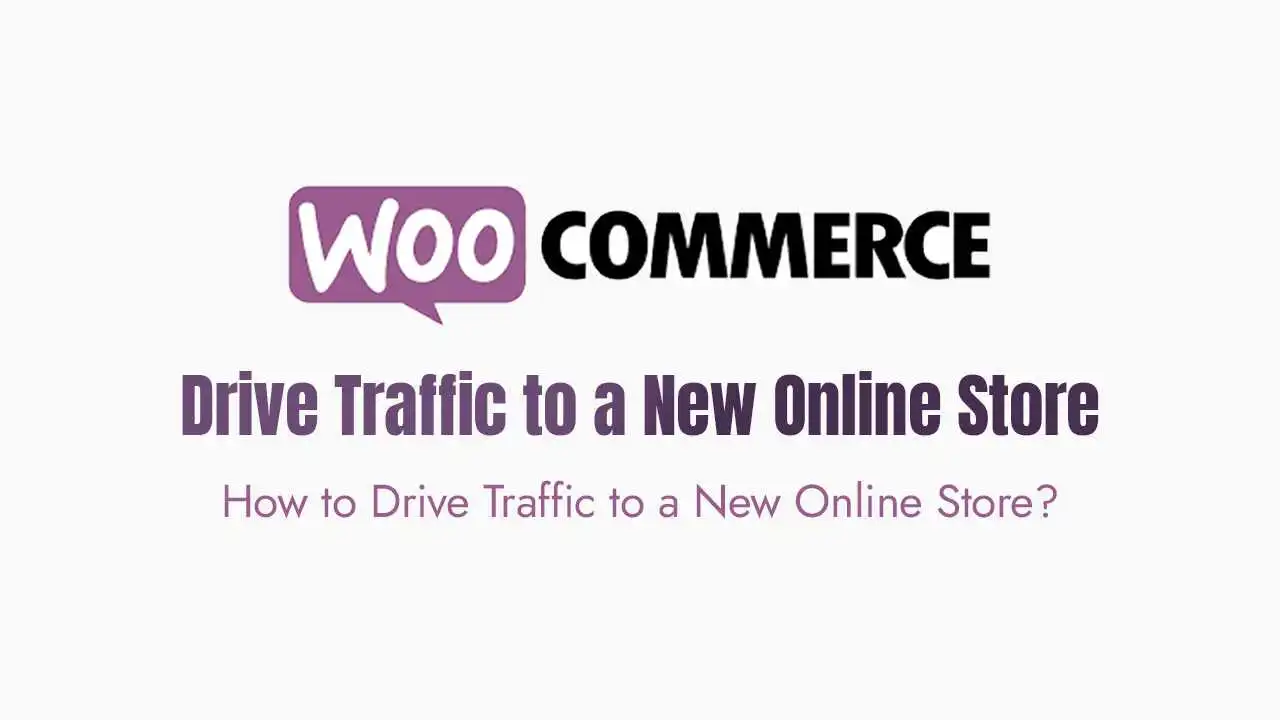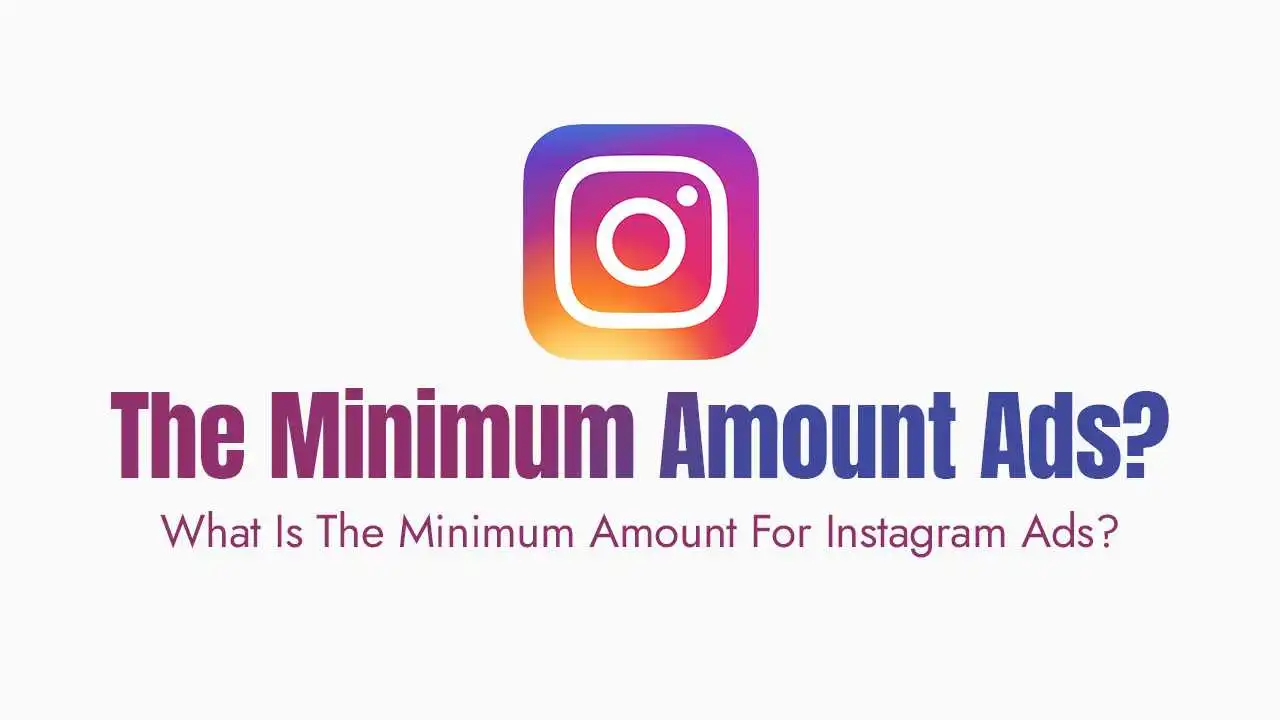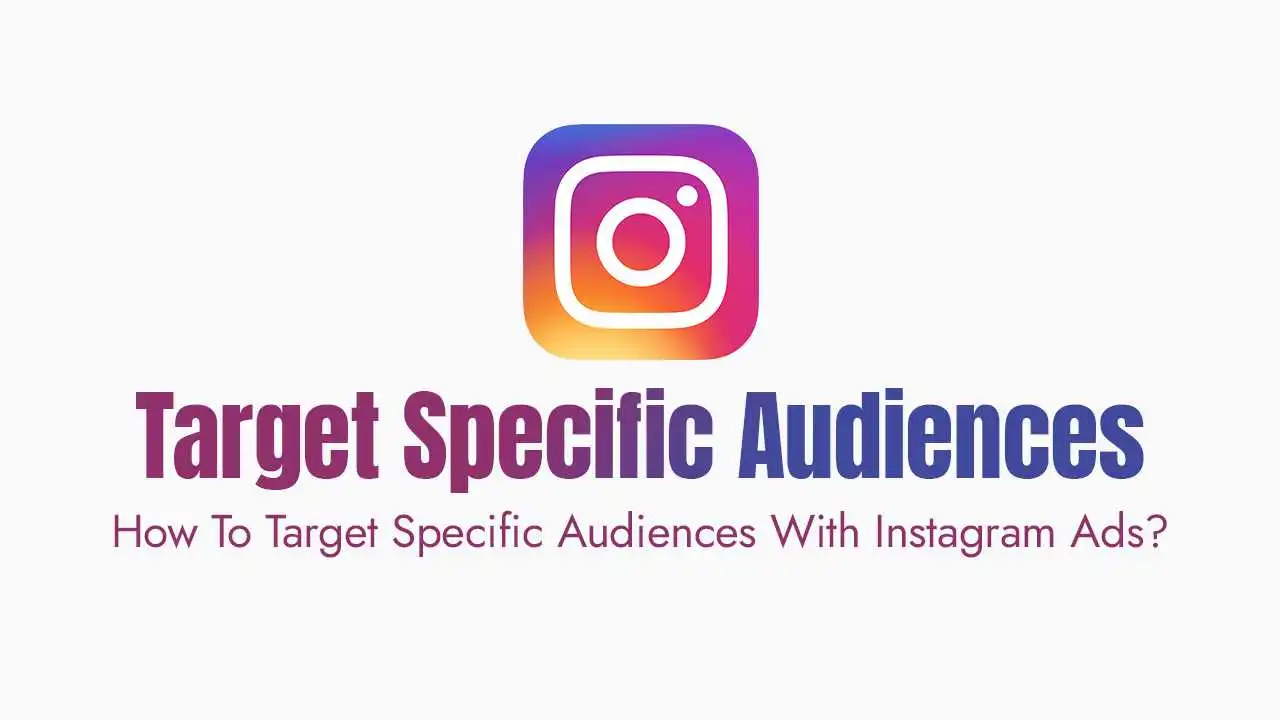The Fastest Ways to Get Traffic to a New Store
1. Run Paid Ads (The Fast Track)
Facebook & Instagram Ads: These are excellent for brand awareness and for reaching people based on their interests and demographics. You can target people who have an interest in your type of product, follow a competitor’s page, or have visited your store before.
Google Ads (Shopping Ads): When a user searches for a product on Google (e.g., “blue running shoes”), Google Shopping Ads display your product photos, prices, and store name directly in the search results. This is high-intent traffic, as the user is already looking to buy.
2. Announce Your Launch on Social Media:
Make a Splash: Create an exciting post with high-quality photos or a short video showcasing your best products. Ask your friends and followers to share it with their network.
Run a Contest or Giveaway: Launching with a giveaway is a fantastic way to generate buzz. Ask people to follow your page, tag a friend, and share the post to enter. This quickly builds your initial social media following and drives traffic.
Join Relevant Groups: Join Facebook groups and other online communities related to your niche. While you should never spam these groups, you can share your launch news in a relevant and helpful way, following the group’s rules.
Create a Pop-up: Use a simple pop-up on your website that offers a discount (e.g., 10% off your first order) in exchange for an email address.
Send a Launch Email: Send an email to your personal contacts and anyone who signs up for your list, announcing your store and offering a special launch day discount.
Offer a Referral Program: Encourage early customers to share your store with their friends in exchange for a discount on their next order.
How to Get Free & Sustainable Traffic?
1. Master Search Engine Optimization (SEO)
Keyword Research: Identify the words and phrases your customers are using to search for products like yours. Use tools like Google Keyword Planner to find the best keywords.
Optimize Product Pages: Use your keywords naturally in your product titles, descriptions, and image alt text.
Build a Blog: Create valuable content that answers your customers’ questions. If you sell vintage furniture, write a blog post titled “How to Restore Vintage Wood Furniture.” This attracts people who are interested in your niche, building trust and driving them to your store.
2. The Power of Content Marketing
Start a Blog: As mentioned above, a blog is a powerful tool. It provides a platform to share your expertise, tell your brand story, and rank for long-tail keywords.
Create Video Content: Short-form video is king. Create videos for Instagram Reels, TikTok, and YouTube Shorts that showcase your products in a fun, educational, or entertaining way.
Run a Podcast: If you have a niche you’re passionate about, a podcast is a great way to build an authentic connection with a loyal audience.
3. Use Social Media Marketing (Organic Reach)
Be Consistent: Post high-quality content regularly on the platforms where your audience hangs out.
Engage, Don’t Just Post: Respond to every comment, answer DMs, and engage with other accounts in your niche. This builds loyalty and shows that you’re a real person behind the brand.
Collaborate with Influencers: Partner with micro-influencers in your niche. Sending them a free product in exchange for a post or a review can be a highly effective way to get your brand in front of a new audience.
How to Convert Traffic into Sales?
1. Create a Great User Experience (UX)
Fast Loading Speed: If your site is slow, people will leave. Use tools like Google PageSpeed Insights to check your site’s speed and make improvements.
Clear Navigation: Make it easy for customers to find what they’re looking for. Use a simple, well-organized menu.
Mobile-First Design: The majority of online shopping now happens on mobile devices. Ensure your store is fully responsive and looks great on a phone.
2. Use High-Quality Product Descriptions and Photos
Photos: Use high-resolution photos from multiple angles. Showcase the product in context and with a clean background.
Descriptions: Write persuasive, detailed product descriptions that highlight the benefits, not just the features. Tell a story about the product and how it will improve the customer’s life.
3. Build Trust with Social Proof
Customer Reviews: Display customer reviews prominently on your product pages. If you’re just starting, ask your friends and family for honest reviews.
Showcase User-Generated Content (UGC): Encourage customers to tag your brand on social media and feature their posts on your website. This is a powerful form of social proof.
4. Make the Checkout Process Smooth
Minimize Steps: The checkout process should be as short and simple as possible.
Offer Guest Checkout: Don’t force customers to create an account.
Be Transparent: Clearly state shipping costs, taxes, and any other fees upfront to avoid sticker shock.





